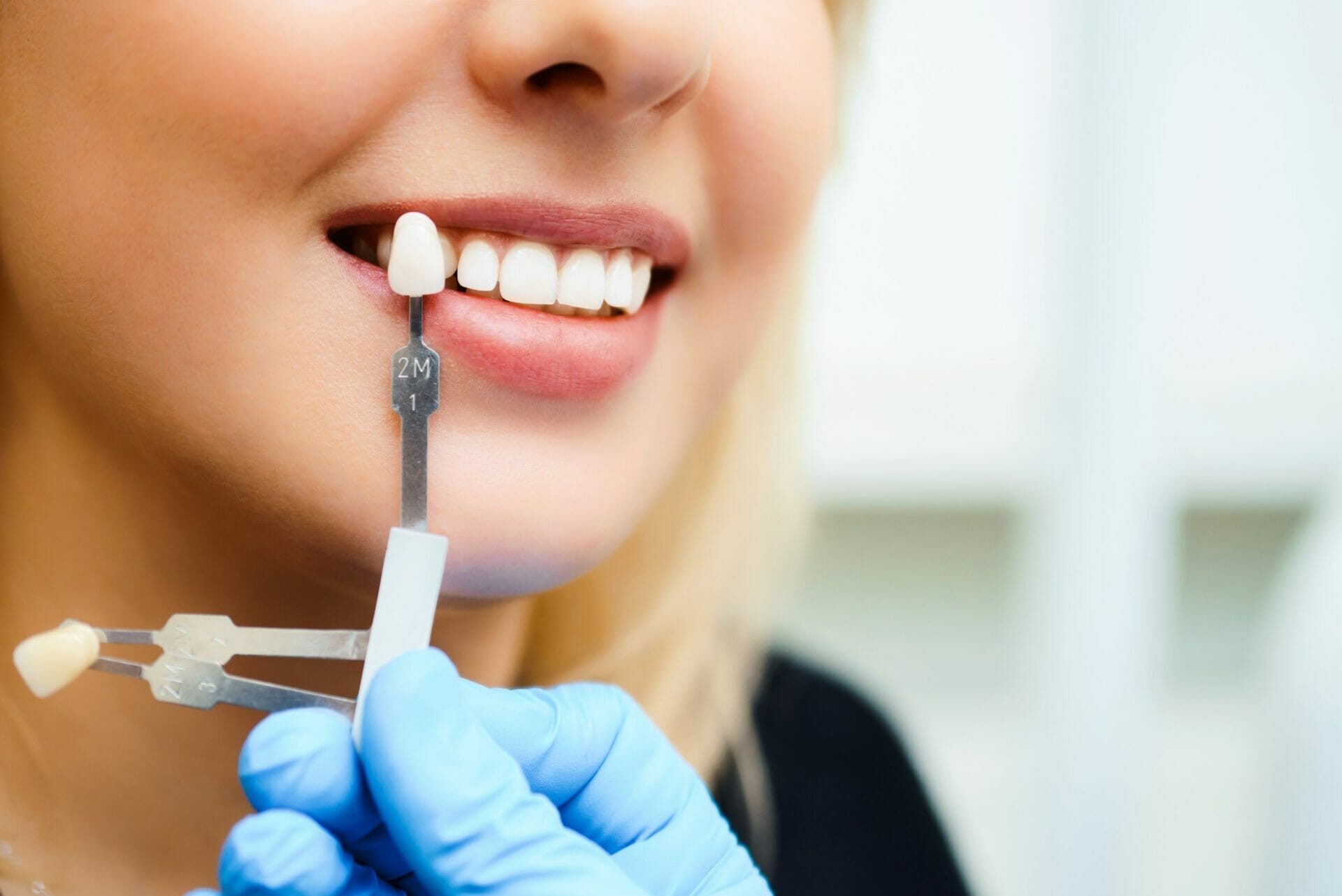
Tooth Decay (Dental Caries)
Table of Contents
What is Tooth Decay?
Dental caries, cavity or tooth decay is a breakage that takes place in the tooth enamel. The breakdown of tooth enamel is a result of bacteria present in plaque that converts sugar in your food to acid.
If tooth decay isn’t treated timely there is a very high chance that it will damage deeper layers of teeth too.
Tooth decay is more common in children and teenagers but anybody who has teeth can get it, even infants too.
A study shows that cavities or tooth decay are one of the most common health concerns throughout the world.
What are the Symptoms of Tooth Decay?
Signs or symptoms of tooth decay may not be visible or felt when the cavity is just starting out. But as soon as the decay becomes larger it causes symptoms like:
- Black and brown stains on the tooth
- Visible pits and holes in the tooth
- Toothache
- Sensitivity in the tooth
What are the Different Stages of Tooth Decay and how are they Treated?
There are 5 stages of tooth decay:
1. Demineralization:
Tooth enamel is the hardest tissue in the human body. But when your tooth is exposed to acid producing plaque bacteria tooth enamel starts to demineralize and weaken.
You will start seeing white spots on your tooth when demineralization begins. What you can do to reverse the effects of demineralization is include fluoride based mouthwash and toothpaste in your tooth brushing routine. Or get a fluoride treatment from a Dentist in Islamabad.
2. Enamel decay:
If the demineralization continues, your tooth enamel will break down and deteriorate to form cavities. And the white spots formed during demineralization will start turning brown.
To treat enamel decay your dentist will remove the damaged parts of your tooth and fill the gaps with resin, silver, gold or ceramic.
3. Dentin decay:
If you don’t get the filling done for enamel decay, the damage will start reaching dentin (a tissue that lies under the enamel).

Since dentin tissue is softer than enamel it is more prone to damage from acid. So at this point your tooth decay will start proceeding at a faster pace.
If your dentin decay is superficial your dentist will fix it with the help of a filling, otherwise they will remove the decayed part of your tooth and replace it with a crown.
4. Damage in the pulp:
The pulp is the bottom most layer of your tooth, all the blood vessels and nerves that are responsible to provide sensation to the tooth lie here. So when your pulp is affected your tooth will have swelling, pain and a bad smell.
To treat it your dentist will recommend getting a root canal done. After that they will remove the damaged pulp and fix a protective crown on the tooth.
5. Formation of Abscess:
In this stage, bacteria enters the pulp and causes an infection that leads to severe pain in the tooth, gums and other parts of the mouth.
To treat this condition dentists usually recommend root canal and prescribe antibiotics to stop the infection from spreading to the bones in your jaw. In severe cases removal of tooth is also recommended.
How can tooth decay be prevented?
Dentists believe that tooth decay can be prevented if you practice good oral hygiene. Some tips to practise good oral hygiene are:
- Brush your teeth at least twice a day. And if you have had cavities in the past, make sure you brush your teeth and floss after every meal.
- Limit your sugar intake, which means try avoiding food items that have excess amounts of sugar.
- Make sure to visit your dentist after every six months for oral exams. To find the best dentist in your town visit oladoc.com.
- Use fluoride based mouthwash and toothpaste.
- Get dental sealants on your molars to prevent food from getting stuck in their grooves.
















